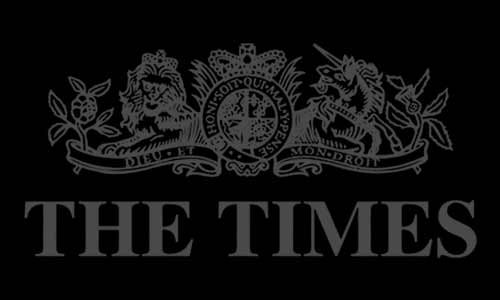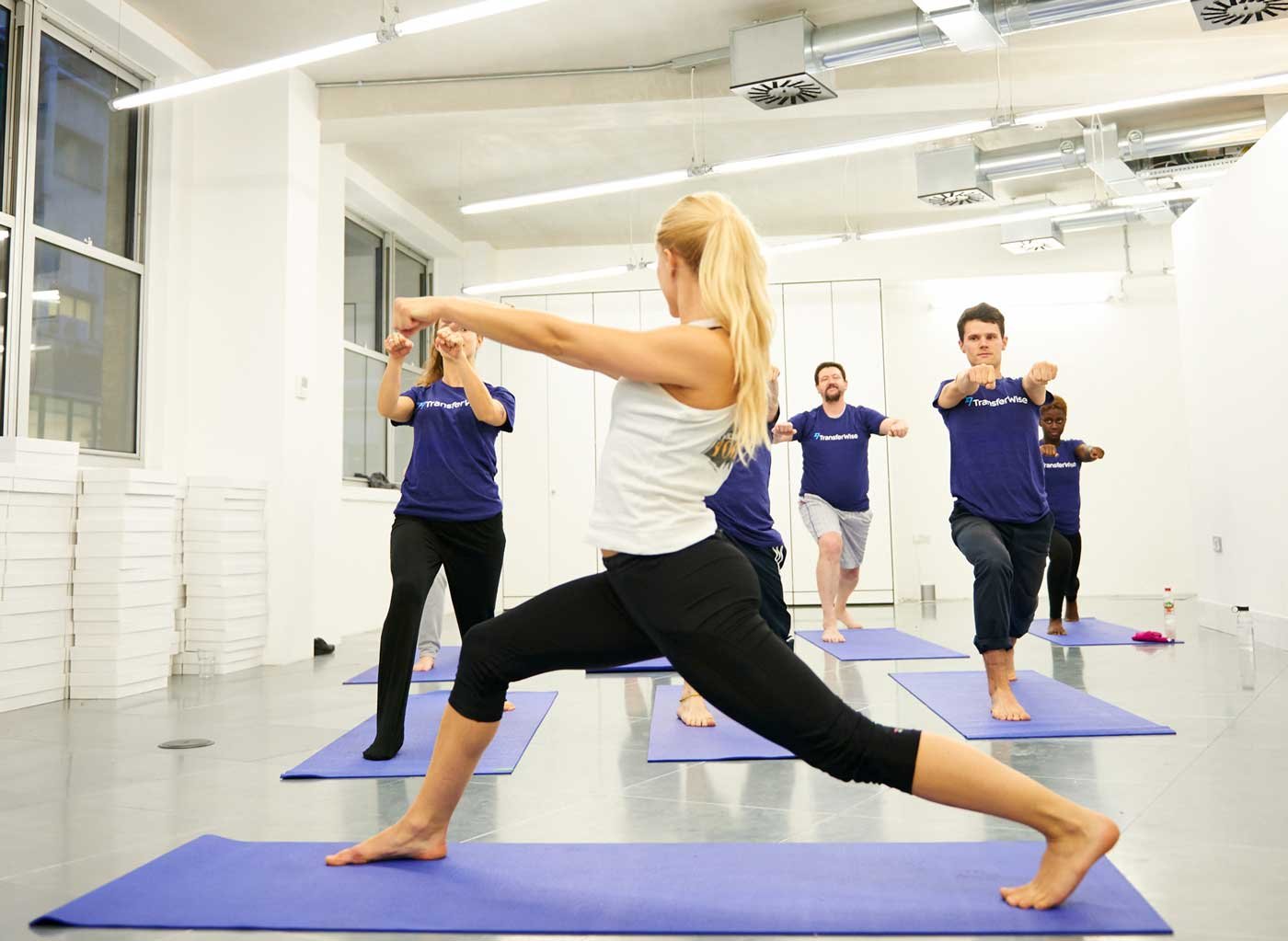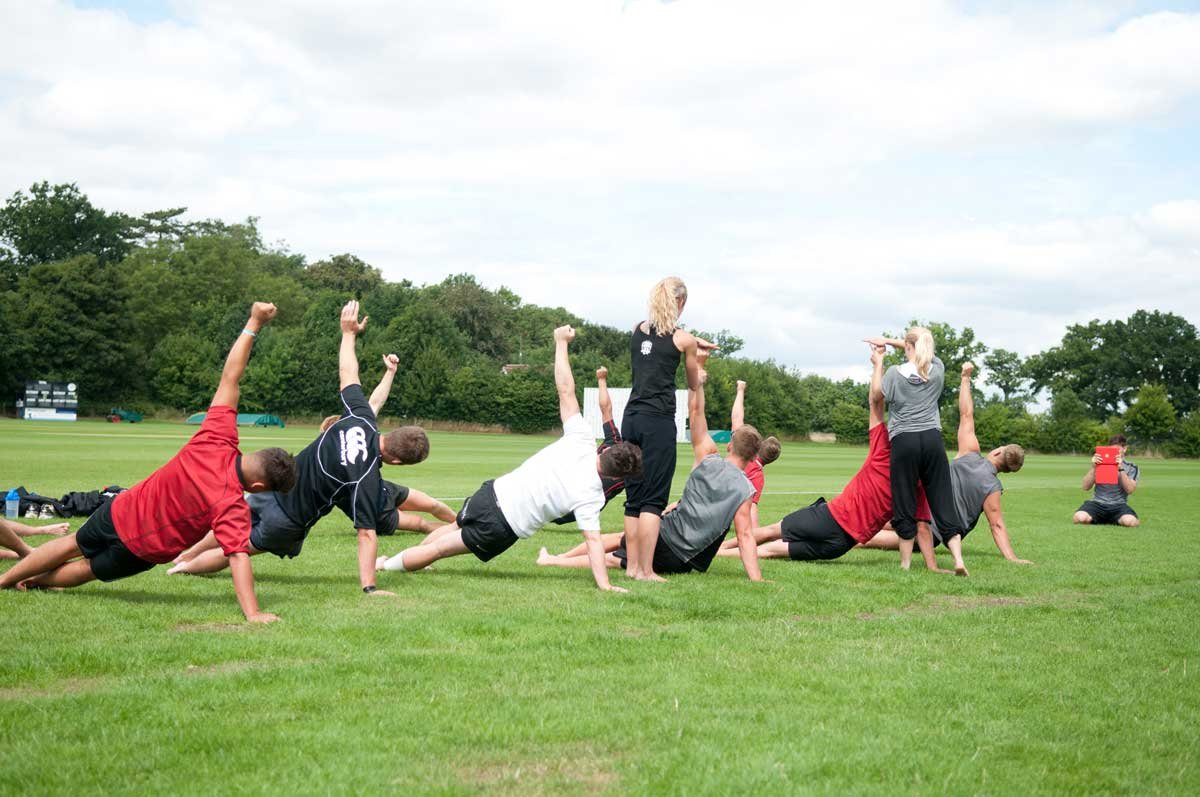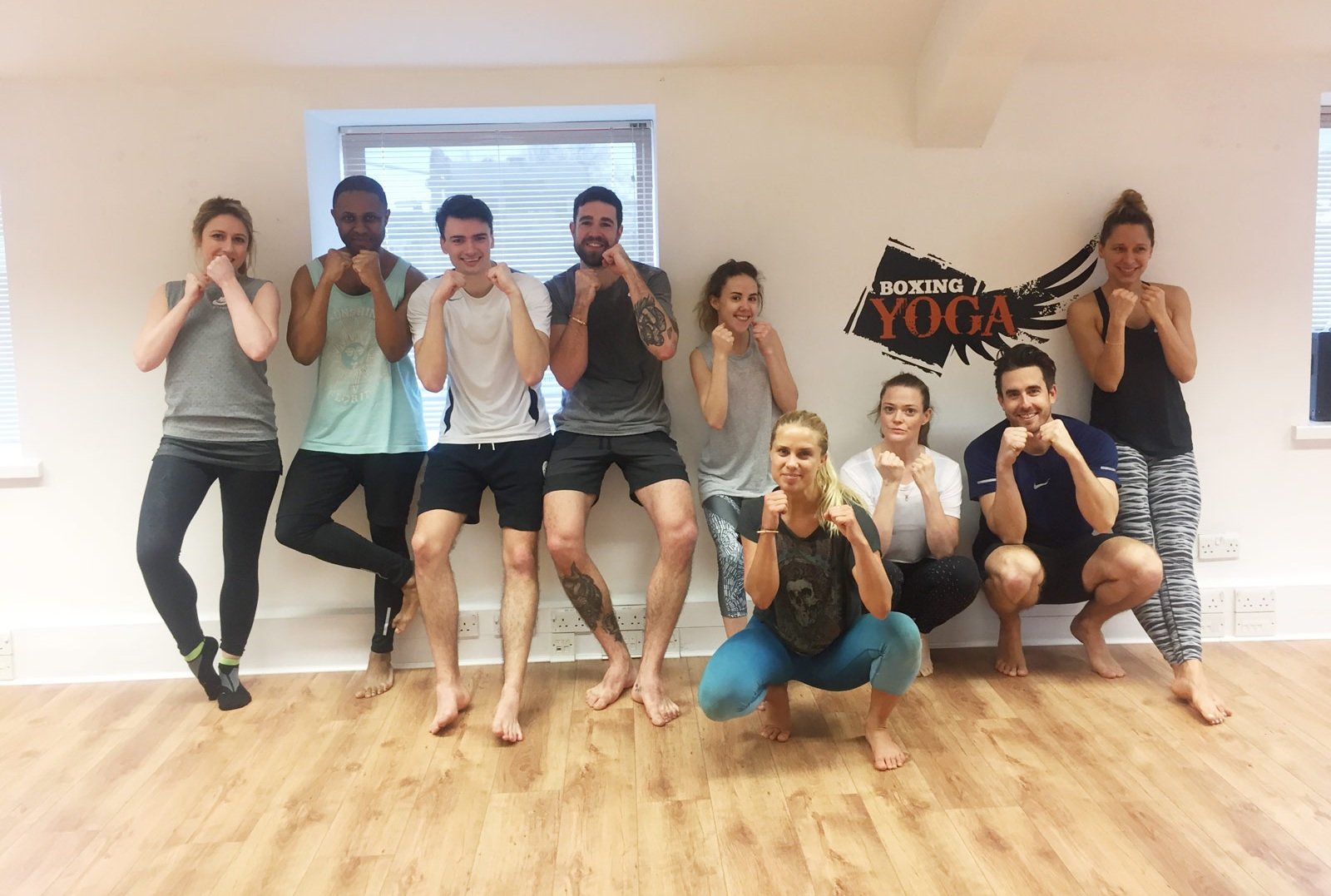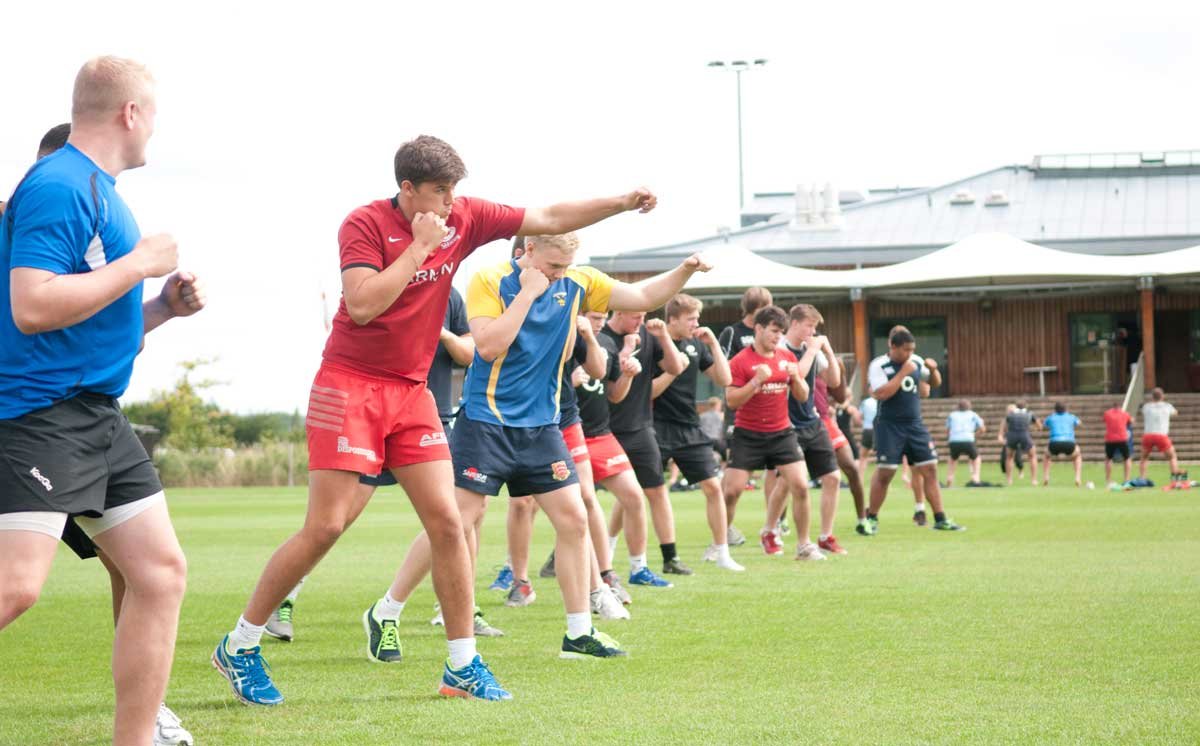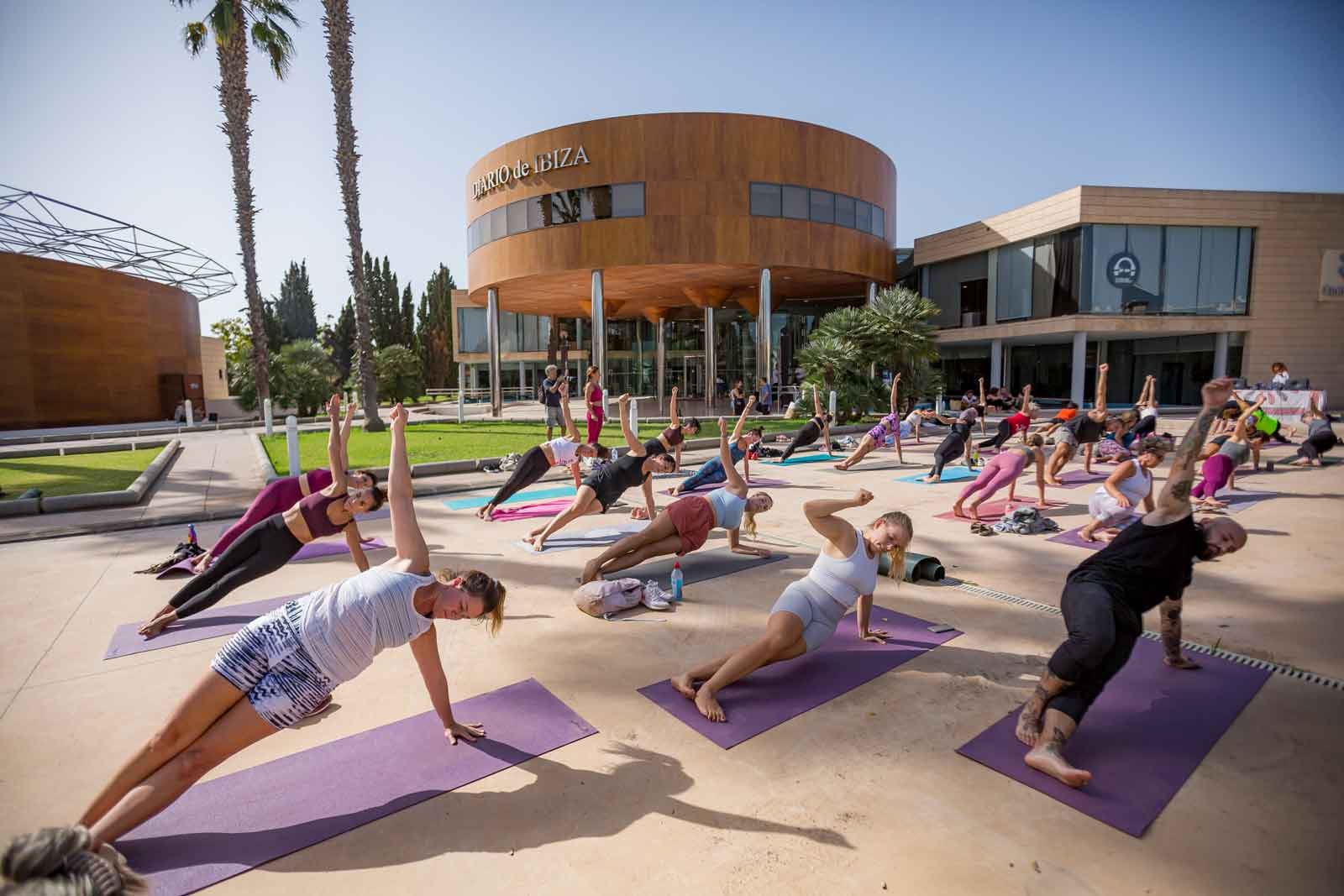
The Integral Connection Between Employee Engagement and Wellness
Unlocking Success
The Integral Connection Between Employee Engagement and Wellness
In today's dynamic corporate landscape, organisations are increasingly recognizing the critical link between employee engagement and wellness. As HR managers, it's essential to understand that engaged and healthy employees are the cornerstone of organisational success.
In this article, we'll delve into the symbiotic relationship between employee engagement and wellness, explore the pivotal role of HR in driving success through these interconnected initiatives, and provide actionable insights for fostering a culture of engagement and well-being within your organisation.
Understanding Employee Engagement and Wellness: Employee engagement refers to the emotional commitment and dedication employees have towards their work, organisation, and its goals. Engaged employees are enthusiastic, motivated, and aligned with the company's mission, values, and objectives.
On the other hand, employee wellness encompasses physical, mental, and emotional well-being, including factors such as physical health, stress management, work-life balance, and social connections.
The relationship between employee engagement and wellness is bidirectional and mutually reinforcing. Engaged employees are more likely to prioritise their well-being, while employees who feel supported in their wellness efforts are more likely to be engaged and productive. By investing in both employee engagement and wellness, organisations can create a virtuous cycle of success where employees thrive, and the organisation flourishes.
The Role of HR in Driving Success through Employee Engagement and Wellness
Creating a Culture of Engagement and Well-being: HR plays a pivotal role in shaping organisational culture and fostering an environment where employee engagement and wellness are prioritised. By promoting open communication, recognition, and appreciation, HR can create a culture that values and supports employee well-being. Encourage leadership to lead by example and actively promote engagement and wellness initiatives throughout the organization.
Designing Comprehensive Wellness Programs: HR is responsible for designing and implementing comprehensive wellness programs that address the diverse needs and interests of employees. From physical fitness challenges and nutrition workshops to mental health resources and stress management techniques, wellness programs should offer a holistic approach to supporting employee well-being. Tailor programs to the unique demographics, preferences, and goals of your workforce to maximise participation and impact.
Providing Access to Resources and Support: HR should provide employees with access to resources, tools, and support services to help them prioritise their well-being. This includes offering access to fitness facilities, wellness coaches, mental health resources, and employee assistance programs. Provide educational materials, workshops, and training sessions to empower employees to make informed decisions about their health and well-being.
Promoting Work-Life Balance: HR should advocate for work-life balance and help employees manage their time and energy effectively. Encourage flexible work arrangements, telecommuting options, and paid time off to promote work-life balance and reduce stress. Provide guidance and support to managers on how to support their teams in achieving work-life harmony and set clear expectations around workload and boundaries.
Fostering Social Connections and Community: HR should facilitate opportunities for employees to connect, collaborate, and build relationships with their peers. Organise team-building activities, social events, and wellness challenges that promote camaraderie and create a sense of belonging within the organisation. Encourage employees to participate in volunteer activities and community service initiatives to foster a culture of giving back and social responsibility.
Recognising and Rewarding Employee Contributions: HR should recognise and reward employees for their contributions to engagement and wellness initiatives. Implement recognition programs, incentives, and rewards for participation, achievement, and positive behavior change. Celebrate milestones, successes, and achievements to reinforce a culture of appreciation and encouragement.
Measuring and Evaluating Impact: HR should regularly assess, measure, and evaluate the impact of engagement and wellness initiatives to gauge effectiveness and inform future strategies. Collect feedback, analyse data, and track key metrics such as employee engagement scores, absenteeism rates, healthcare costs, and productivity levels. Use this information to identify areas for improvement, refine programming, and demonstrate the value of engagement and wellness efforts to organisational stakeholders.
Employee engagement and wellness are essential drivers of organisational success, and HR plays a central role in promoting and sustaining these initiatives. By fostering a culture of engagement and well-being, providing comprehensive wellness programs, and supporting employees in prioritising their health and happiness, HR managers can create environments where employees thrive, and organisations flourish.
By investing in employee engagement and wellness, organisations can enhance productivity, reduce turnover, and cultivate a culture of success and sustainability.
DISCOVER why Corporate BOX™ is the well-being event of choice for the likes of Vodafone, Converse and Chelsea FC, click here.
As Featured In
CorporateBox™ Enjoyed By










